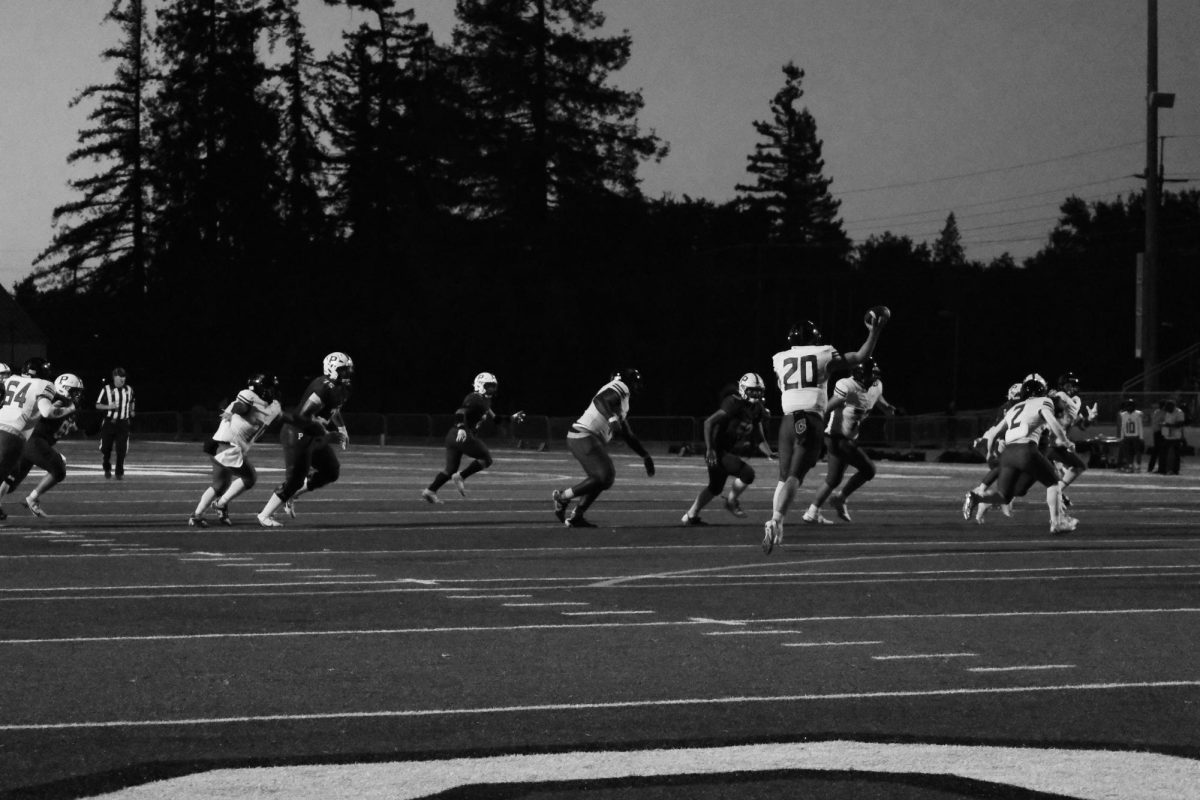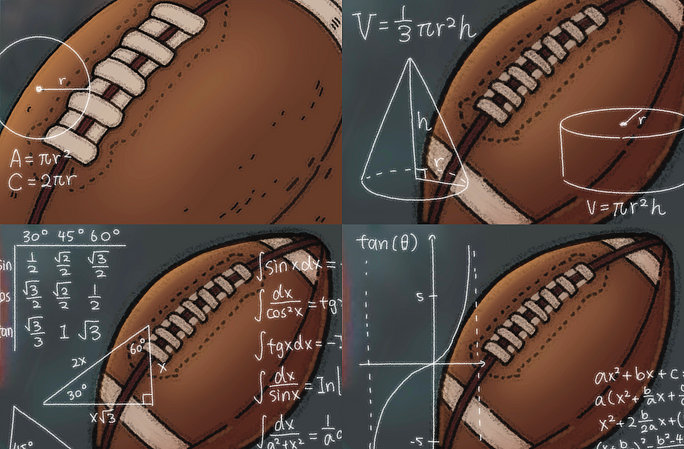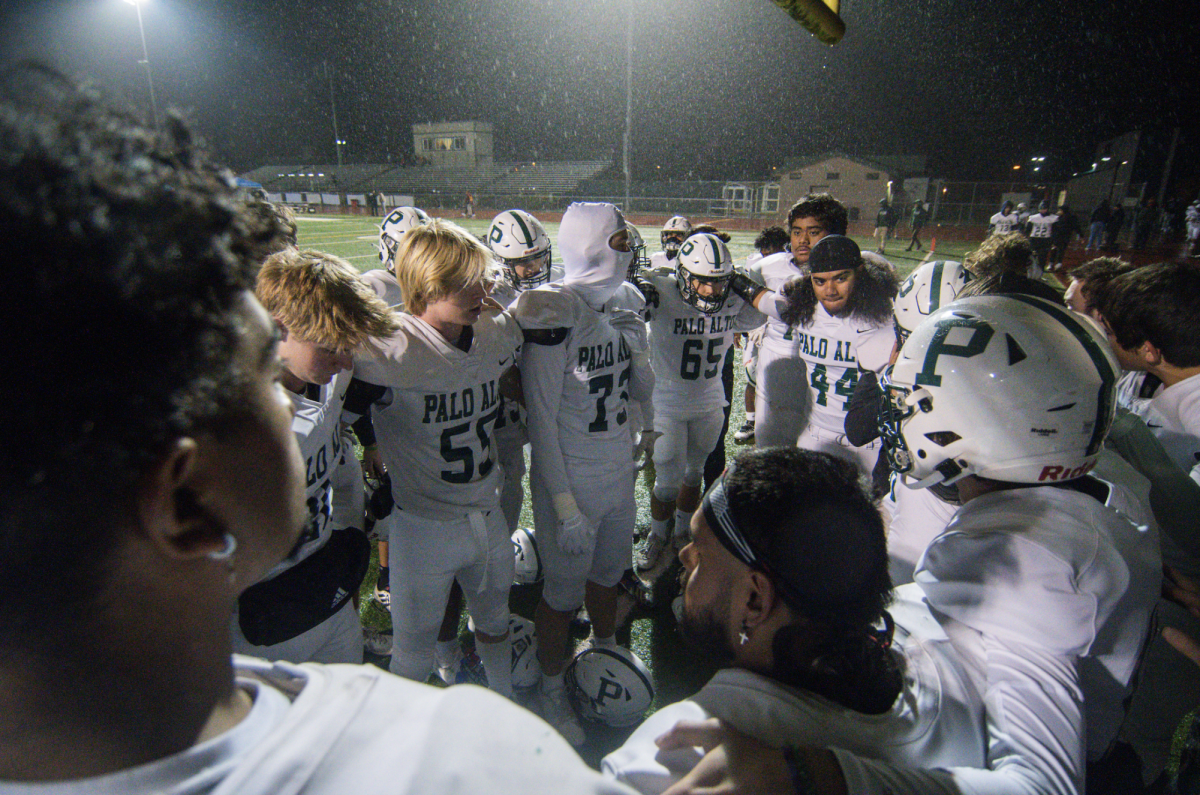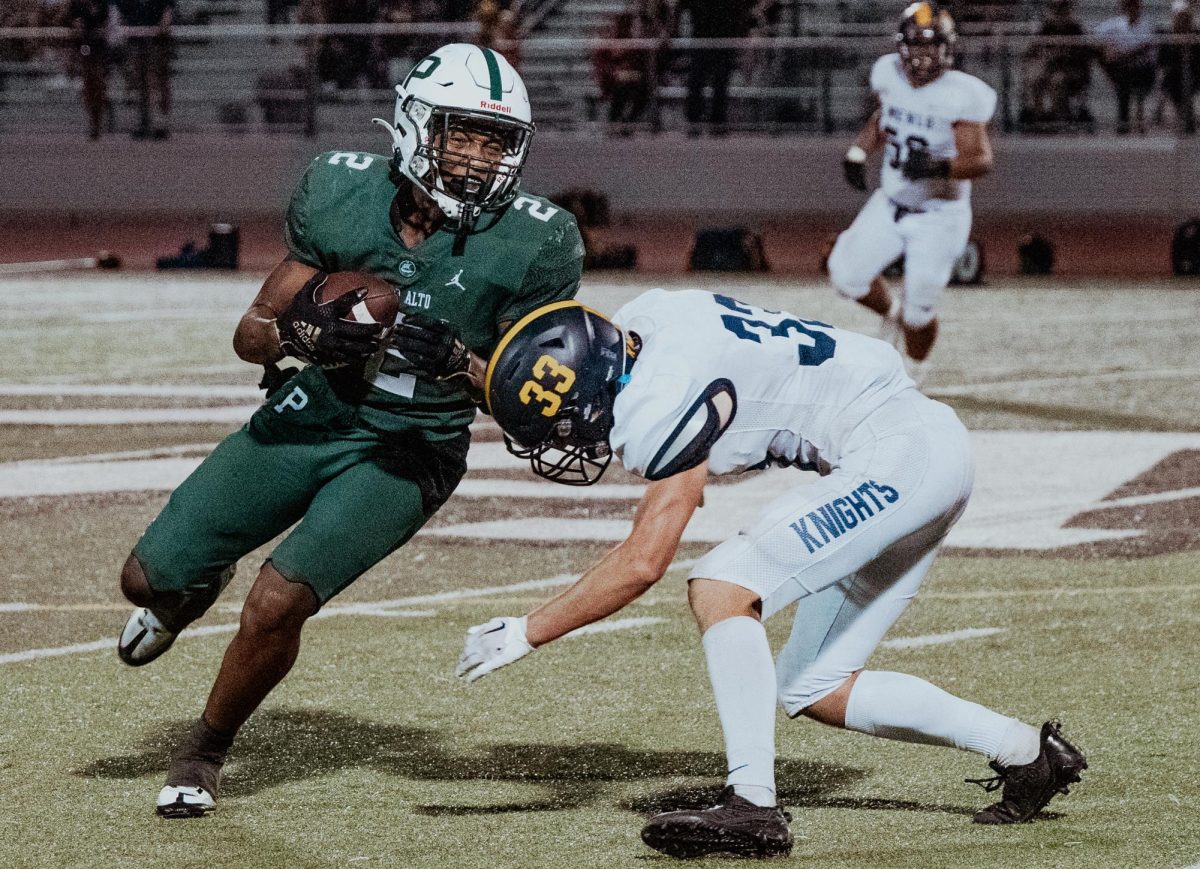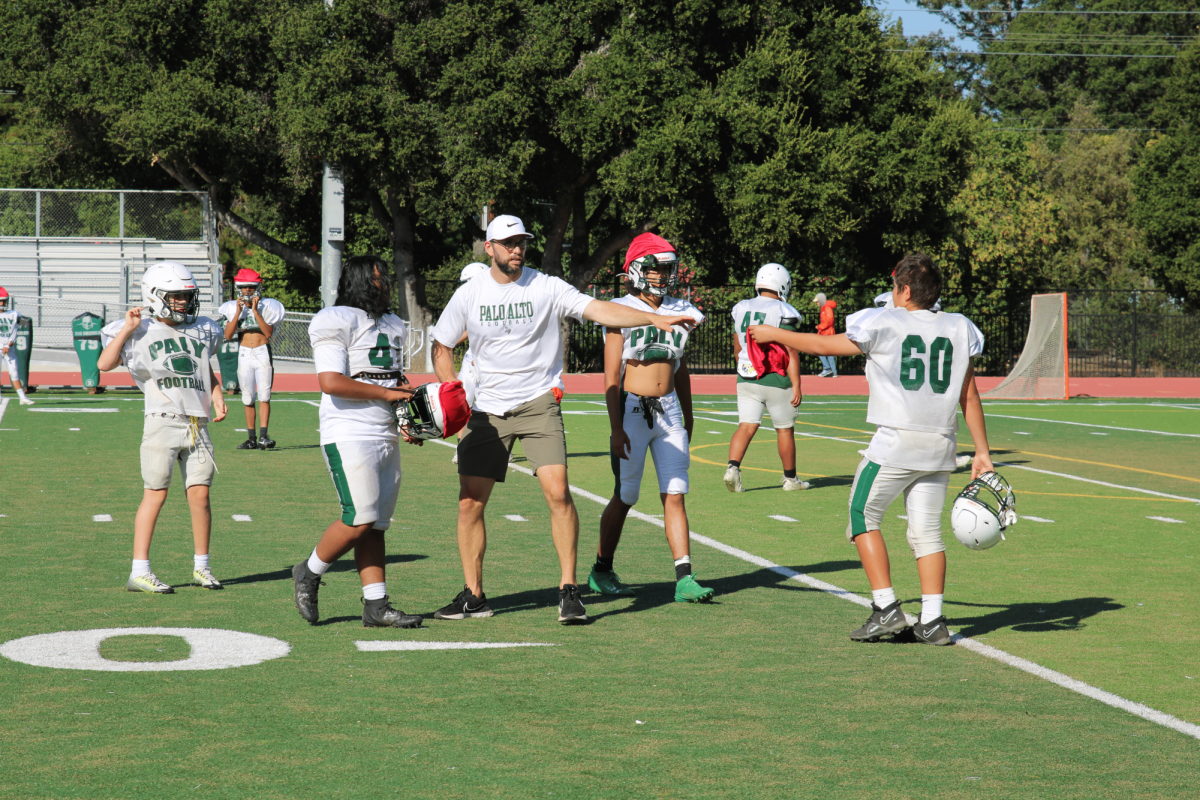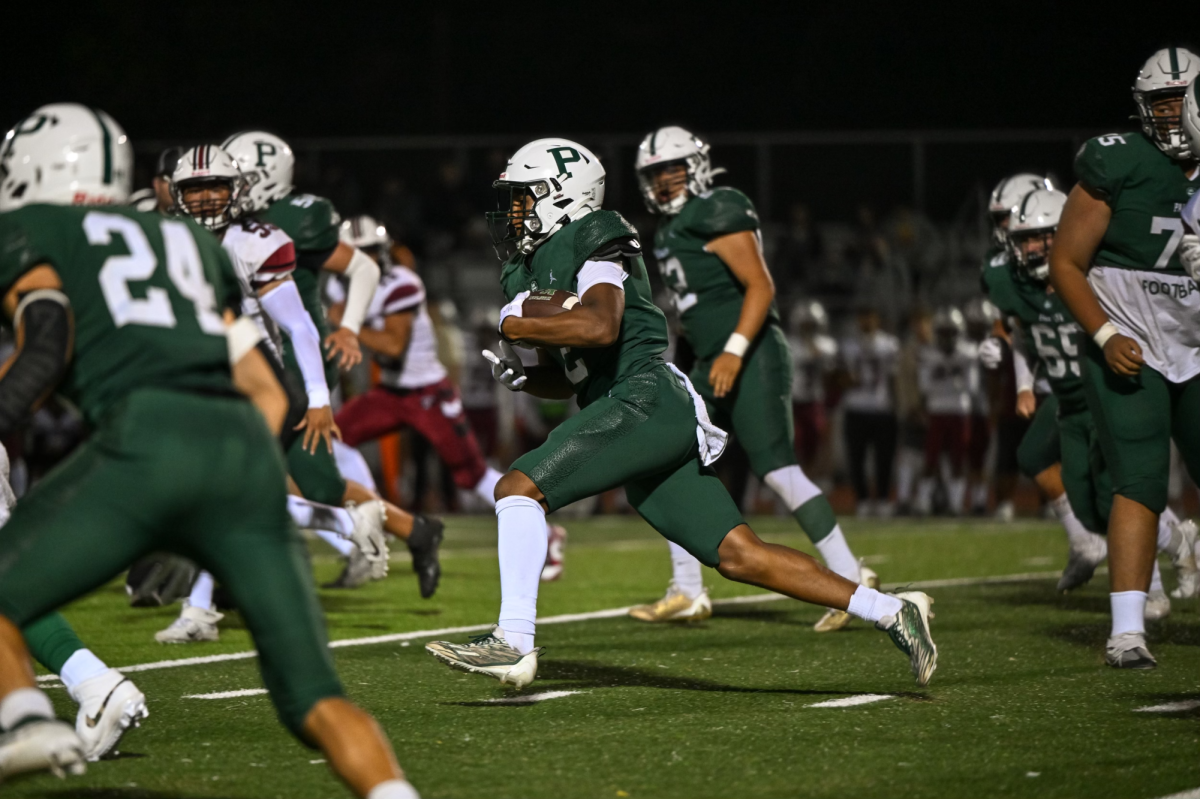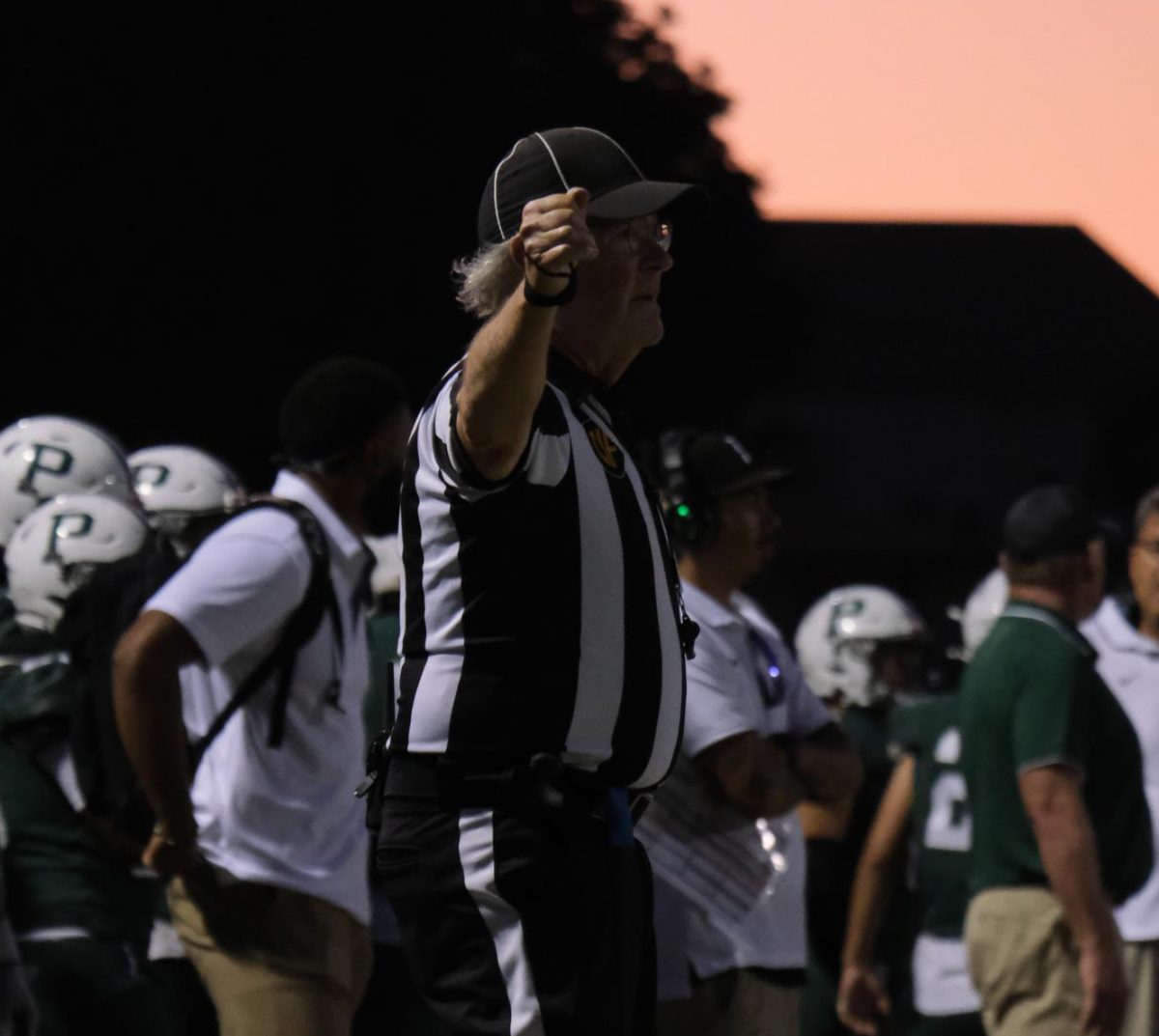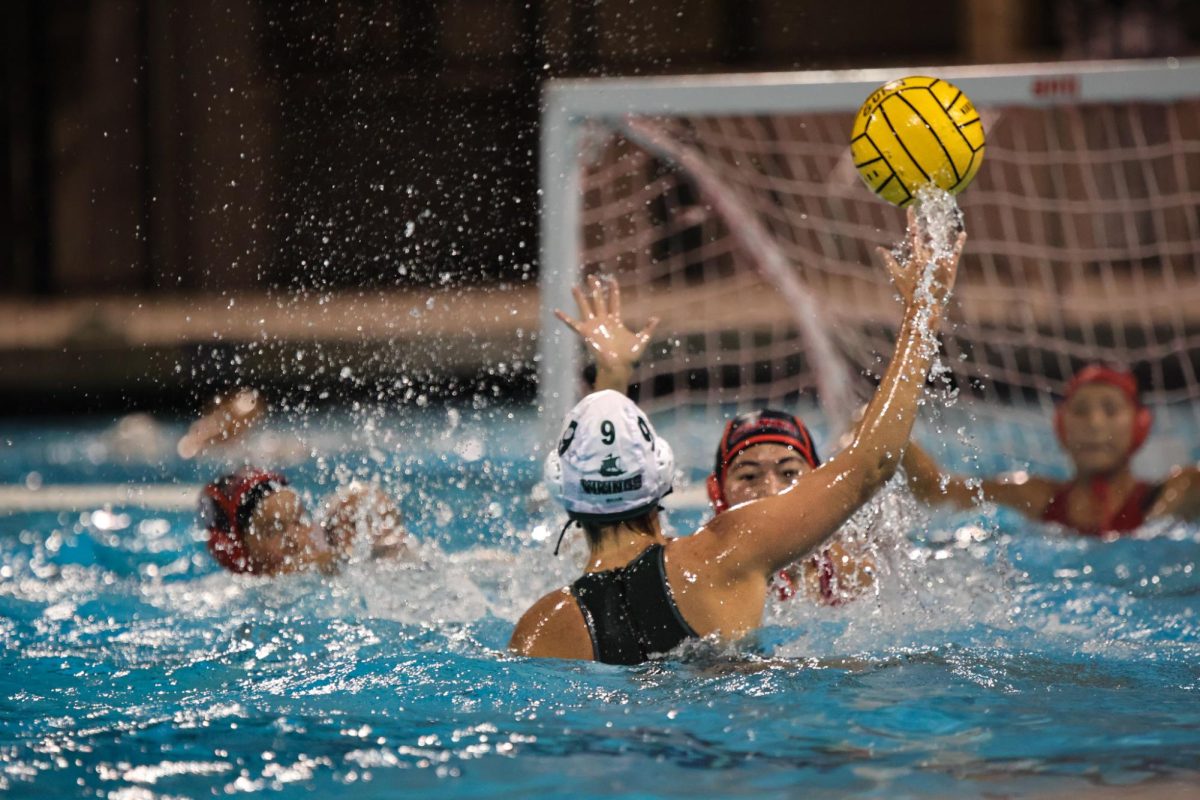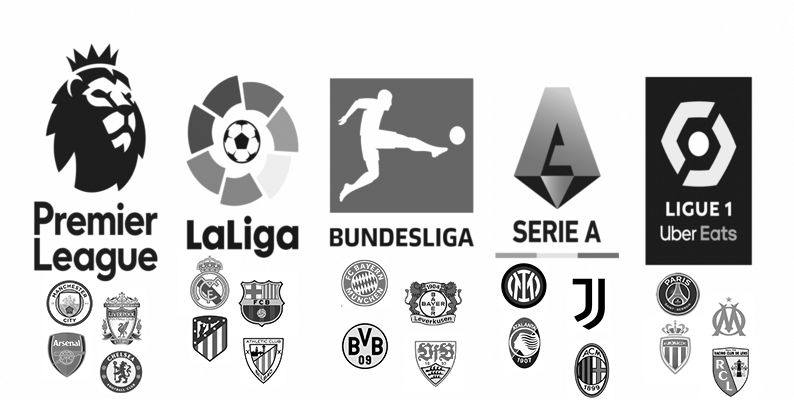[divider]Introduction[/divider]
For any National Football League (NFL) team, draft day is the busiest day of the year. Teams across the nation spend hundreds of hours hiring teams of scouts to analyze every aspect of any would-be NFL player. While deciding which players to draft, teams do everything from the normal (watching the player’s tape and analyzing their statistics) to the more bizarre (asking them what kind of animal they would like to be). But to NFL fans, there is one aspect of the draft process whose importance is always highly questioned: team success. Across the country, many question whether or not the success of the player’s college team should matter when being considered for the NFL. In this article, The Campanile investigates the true importance of team success, and whether or not it should be considered in the draft process.
[divider]Navid Najmabadi[/divider]
Ohio State University, University of Alabama and University of Michigan are three of the most dominant college football powerhouse programs of the past 25 years, not only because they are able to lock down wins, but also due to their ability to triumph over quality top teams in the nation.
As of 2014, these three universities are collectively responsible for 20 Hall of Famers and over $252.2 million in football revenue. University of Michigan, which has always maintained a strong football program, is accountable for eight Hall of Famers and has 942 wins, more than any football team in National Collegiate Athletic Association (NCAA) Division I Football Bowl Subdivision (FBS) history.
However, Alabama has been at the top of the rankings in recent years, winning four National Championships in the past eight years.
These schools are dominant, and as a result, they have generated numerous top-ranked players.
Quarterback Tom Brady of the New England Patriots has had a great NFL career, and by many, he’s considered the greatest quarterback of all time.
Brady’s college career included being a part of Michigan’s undefeated season in 1997, when it won the Rose Bowl against Washington State University.
In his two starting seasons at Michigan, he racked up 4,644 yards and threw 30 touchdowns, finishing with an incredible passer rating of 135.6.
Despite his solid college career, Brady was the 199th pick in the 2000 NFL draft, and he watched six quarterbacks get drafted before he heard his name called.
The first was Chad Pennington, who was 18th overall, and had set records at Marshall University.
However, Pennington never played any ranked opponents while at Marshall, leaving him unprepared for the intense amount of competition in the NFL.
The second quarterback chosen in the draft was Giovanni Carmazzi, who went to the relatively unknown Hofstra University.
He failed to win a starting job for the San Francisco 49ers and ended up never playing in a regular season game in the NFL. Carmazzi was followed by 75th pick Chris Redman, who led Louisville to a mediocre 7-5 record.
Then came 163rd pick Tee Martin, whose team finished 9-3. Hardly worth mentioning are 168th pick Marc Bulger who had an atrocious record of 4-7 at West Virginia, and 183rd pick, Spergon Wynn, whose Minnesota team went 8-4.
So why don’t we hear about any of these quarterbacks in the NFL record books? Well, all the quarterbacks drafted before Brady had something in common: either their team records were inadequate, or the teams they had gone up against weren’t of high enough caliber.
The fascinating thing is that none of these quarterbacks were successful in the NFL, not even achieving a fraction of success Brady experienced.
Rather than focusing on Brady’s mechanics and how he led his young and inexperienced Michigan team, the NFL scouts were too focused on his physique.
These scouts were so focused on his lack of athleticism that they couldn’t delve deeper to view his winning reputation.
Via an Instagram post, Brady said the scouts in the 2000 NFL draft described him as having a “poor build, skinny, lacks great physical stature and strength, lacks mobility and ability to avoid the rush, lacks a really strong arm, can’t drive the ball downfield, does not throw a really tight spiral, system-type player who can get exposed if forced to ad lib, gets knocked down easily.”
Ultimately, Brady not only proved the scouts wrong about being able to start in the league, but he also showed he could excel at his position.
In over 15 seasons starting for the Patriots, Brady passed for 64,723 yards and threw a total of 478 touchdowns, only 62 shy of the retired Peyton Manning’s record.
He has also played in 12 Pro Bowls and has won two league Most Valuable Player awards, while contending for another this season. But this is only his individual success.
When a franchise drafts the “future” of its team, it looks for a leader who can increase a team’s success.
That’s exactly what he did. Just like when he attended University of Michigan where he was surrounded by success, Brady expanded the winning culture for the Patriots.
Over the course of the 280 games he has started, his teams are 217-63, the highest winning percentage among active quarterbacks and the most wins for a quarterback in NFL history.
Brady has not only shown his excellence in the regular season, but also in the playoffs where he holds the NFL record for the most playoff wins by a quarterback with 25. On top of this, he led the Patriots to seven Super Bowl appearances, winning five. Brady was named Super Bowl MVP in four of them. For the icing on the cake, in the 2017 Super Bowl, he completed one of the most epic comebacks in Super Bowl history, as he came back to win when his team was down 28-3 late in the fourth quarter.
But Brady is not the only example of how winning translates from college to the NFL. Julio Jones is another victorious college stud who is now a successful NFL star. Jones attended the University of Alabama and helped his team achieve a perfect 14-0 record to win the 2009 National Championship game against Texas.
Jones, along with teammates Mark Ingram, Greg McElroy and Marcell Dareus all entered the 2011 NFL draft after the successful season at Alabama.
Jones was selected sixth overall in the draft by the Atlanta Falcons and proved to be no bust.
In his rookie year with the Atlanta Falcons, he helped them reach the playoffs, something they failed to do in the past two seasons.
In his second season, he gained 1,198 receiving yards and made his first Pro Bowl appearance.
So have scouts changed their criteria and what they look for in players?
Fortunately, yes.
Most scouts look for both talent in a player and how well their team has done.
For example, Ezekiel Elliott, now on the Dallas Cowboys, led the Ohio State Buckeyes to their first-ever College Football Playoff appearance as they finished the regular season with a stunning record of 12-1.
Elliott was selected at number four overall due to his strength, speed and impact on the game.
As a rookie, Elliot led the league in rushing yards with 1,631 yards and has become a key part of the Cowboys franchise.
For a player to show he can lead a team to victory against tough opposition reveals a lot about his mentality and should automatically ring a bell for scouts to keep a good eye on them.
When a player can win with college-level players on their team, imagine what will happen when they get to the NFL with an even more talented group alongside them.
In many cases, it is almost certain players will become even better once they reach the NFL.
At the end of the day, yes, a team’s success is based on the number of wins it gets.
Increasing such success can only be attained through drafting a player who has won in the college and is familiar with a winning culture.
[divider]Paarth Sharma[/divider]
Trent Richardson was supposed to dominate the NFL. Chosen with the third pick in the 2012 draft, Richardson, a Heisman finalist, was compared to Hall of Famers Emmitt Smith and Earl Campbell well before stepping under the bright lights of an NFL stadium. He was touted as the next Adrian Peterson, with former Colts vice-chairman Bill Polian going as far as to call him a “sure-thing player” ahead of the draft.
Richardson played college football at the University of Alabama, a program that at the time was in the midst of securing its place as one of college football’s most dominant dynasties. There, he ran for 1,740 yards his junior year in 2011, leading the University of Alabama Crimson Tide to the National Championship on the way.
It seemed as though year after year, the Crimson Tide pumped out running backs who put up gigantic numbers. First there was Glen Coffee who ran for 1,383 yards in 2008. Then came Mark Ingram, who put up 3,261 yards on the ground over three seasons in Tuscaloosa.
And then came Trent Richardson. T-Rich, as he was known, looked like a guaranteed success. His combination of power and balance, like the Alabama running backs before him, seemed as though it was guaranteed to serve him well in the NFL.
The scouts weren’t completely wrong. Sure, Richardson isn’t putting up the incredible numbers he did in college, but in 2017, there’s no doubt that he’s become a serviceable running back–for the Saskatchewan Roughriders of the Canadian Football League.
Perplexingly, Richardson’s NFL career simply never took off. The Browns, who called him their back of the future, cut him after two laughably bad seasons. From there, he went to the Indianapolis Colts, where he became the face of what quickly turned into the league’s worst run offense.
During his disappointing NFL career, Richardson averaged the second-worst yards per carry average since the NFL was formed of any running back who carried the ball at least 500 times.
The Colts cut him after two years, and Richardson ended up in a place best known as a destination for washed-up NFL players: Canada.
But how could so many teams be so wrong? How could so many people, many of whom had long careers in the NFL, have pegged a player for success, only to watch his career flop like a dead fish from the minute it started?
The sad truth is scouts, coaches and general managers (GMs) across the NFL were fooled by the success of the Crimson Tide and thought Richardson was the key factor behind the team’s success, when in reality, the team around Richardson was so dominant there were many Division I runners who could have put up similar numbers.
A quick look at Richardson’s offensive line only supports this theory. In football, the performance of a running back is directly related to the performance of his offensive line, a group of players who block and push defenders out of the way of the running back, thus giving the back room to run.
A terrible offensive line can make a running back look worse than he really is, as he will have no room to run before being hit by an onslaught of defenders, thus lowering the yards he can obtain.
A phenomenal offensive line, on the other hand, does the opposite. If the line is able to clear loads of space and push many defenders out of the way, a running back will be able to gain lots of yards before he enters the same time zone as a defender.
During Richardson’s career at Alabama, he averaged over five yards per run before any contact with the defense. Meanwhile, other running backs would typically run into defenders only a yard or two into their runs.
Looking at this, it becomes clear why Richardson’s numbers looked so good – most of the yardage he was getting was gift-wrapped to him by his overpowering offensive line, which would simply push opposing defenses out of the way. As a result, Richardson’s rushing yards didn’t reflect his ability, but rather stood as a testament to just how effective the ones blocking for him were.
A closer look at the individual members of the 2011 Alabama Crimson Tide offensive line only exacerbates the situation.
An NFL team doesn’t draft the team. They draft the player, and if the player’s success is entirely dependent on those around him, it is a given that he will not succeed in a different environment.
Richardson’s success in college was almost entirely contingent on an incredible offensive line and a system that allowed him to play without true vision and decision-making, two things that the Cleveland Browns did not have.
In fact, these two factors have led to the vast majority of Alabama running backs being unable to find success in the NFL. The system that seems to produce backs with great numbers in college has yet to produce backs that put up anywhere near those numbers in the NFL.
So what, you might ask, became of Richardson’s successors? Unfortunately, not much.
Alabama’s next running back, Eddie Lacy, put up 1,511 yards from scrimmage and was taken in the second round of the NFL draft.
While he went to the Pro Bowl as a rookie, he quickly fell off the map and has become one of the worst running backs in the league, averaging a horrendous 2.5 yards per carry this season.
TJ Yeldon, Lacy’s successor, put up huge stats as a member of the Crimson Tide, eclipsing well over 1,100 yards from scrimmage three years in a row before becoming the third running back selected in the 2015 NFL draft.
Two years later, and Yeldon is currently riding the bench for the Jacksonville Jaguars.
Sadly, the University of Alabama, with its consistently excellent offensive line and incredible system, allows every running back passing through it to flourish in college but largely produces duds at the NFL level.
However, many NFL teams look at the success of the Alabama football program as a whole and assume players from the program will be successful in the NFL, without questioning whether those specific players are what made the team great.
Luckily, the NFL has begun to realize that team success is not an important measurement when looking for players that will be successful at the next level.
The top two quarterbacks picked in the 2016 NFL draft were Jared Goff and Carson Wentz, who attended UC Berkeley (Cal) and North Dakota State University.
During Goff’s time at Cal, the Bears were hardly a football powerhouse, going 14-23 over that span.
Meanwhile, Wentz’s team was not included in the FBS, the top section of Division I college football, consisting of the top 128 college football teams.
However, the Los Angeles Rams and Philadelphia Eagles saw the two would be successful at the NFL level and drafted them. This season, Goff and Wentz are among the league’s top young quarterbacks, with Wentz currently in the running to win the NFL’s MVP.
The moral of the story is that NFL teams should remember that when they draft players, team success is not entirely relevant.
Why? Each team is different, and the success of the team relies on 53 players, not one. Assuming any single player is so important as to control the fate of the entire team would be a fatal mistake.


